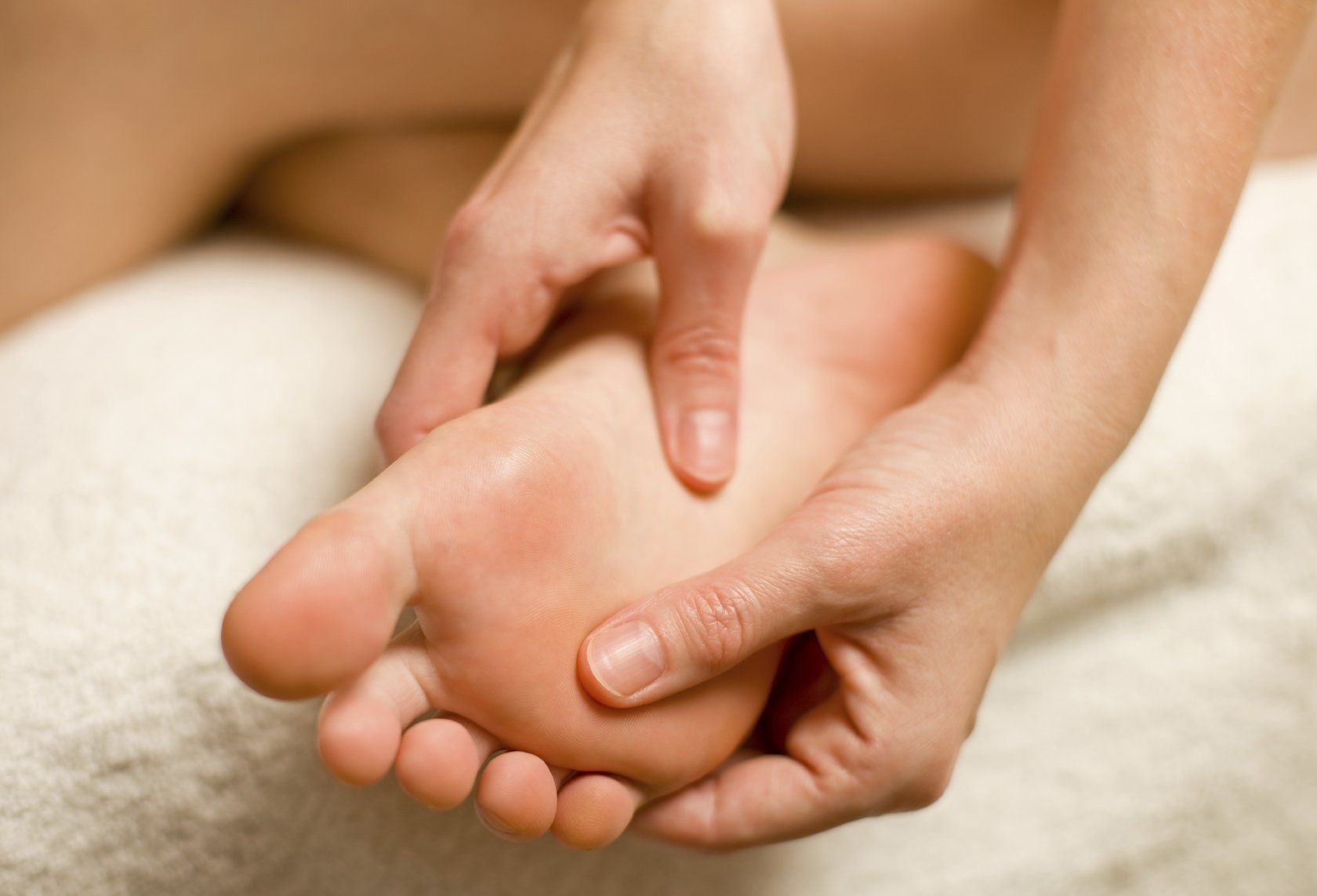
Needling was first introduced as a treatment for verrucae in 1969
by Podiatrist Gordon Falknor
Needling also known as Falknors technique works by alerting your body to the virus, causing an immune response. Verrucae sit in the top layer of the skin where there is no blood supply hence no immune system to get rid of the virus. Needling is used to move the virus from the outer layer into the lower layers of your skin. This is achieved by using a fine surgical needle to puncture the verruca, causing trauma to the area resulting in inflammation and that important immune response.
Benefits of Needling
- High success rate
- Only need to treat one verruca
- Usually only requires one procedure
- less routine maintenance
- Minimally invasive
- Less risk of permanent trauma to the skin
Frequntly asked Questions
How successful is needling?
Needling has been used since the 1970's and has one of the highest success rates for the removal of Verrucae with 70% resolution after one treatment.
Is needling right for me?
An initial consultation with the podiatrist before the procedure to discuss medical history, will decide if needling is right for you.
Needling will have a lower success rate if you are on medications that suppress your immune system.
Needling may also not be suitable for people who have a reduced immune system and have a higher risk for infection.
Needling usually only requires one treatment and is preferable due to not having to attend multiple sessions as with other treatments.
What happens during the procedure?
Initially you will be given an anaesthetic to numb the whole foot or the area around the verruca. This may require three or four injections.
When the area is numb a sterile hypodermic needle is then used to puncture the verruca moving the virus from the outer layer to the lower dermal layer of the skin. If multiple verrucae are present the most suitable verruca will be chosen due to size and position on the foot.
Afterwards a sterile dressing will be applied which should be kept on for at least 24 hours and kept dry.
The anaesthetic can take 2-3 hours to wear off but can take longer.
Is needling painful
Initially there is pain from the injection itself, having the injection near to the inner ankle causes the whole foot to go numb and is less painful than injecting around the verruca itself where there are more nerve endings. Your foot will be numb for 2 to 3 hours, you will still be able to use your foot as only the sensosry nerves would have been affected.
After the anaesthetic has worn off the area may feel sore for a few days and up to a period of 7 to 10 days. Paracetamol can be taken, avoiding ibuprofen or any other anti-inflammatory drugs as this will prevent that immune response, we need for your body to create antibodies to detect the virus.
How long is it before I know needling has worked?
Results are not instant as we rely on our immune system to first identify the virus and then make the antibodies needed to fight the virus.
This process can take anywhere between 2-4 weeks and up to 2-4 months. As we are individuals so is our immune system and results vary from person to person.

Cost
Initial consultation £35
Needling procedure £220
Includes dressings and 2 follow up appointments at 7 days and 3 months.
If another treatment is needed this will cost £220.

